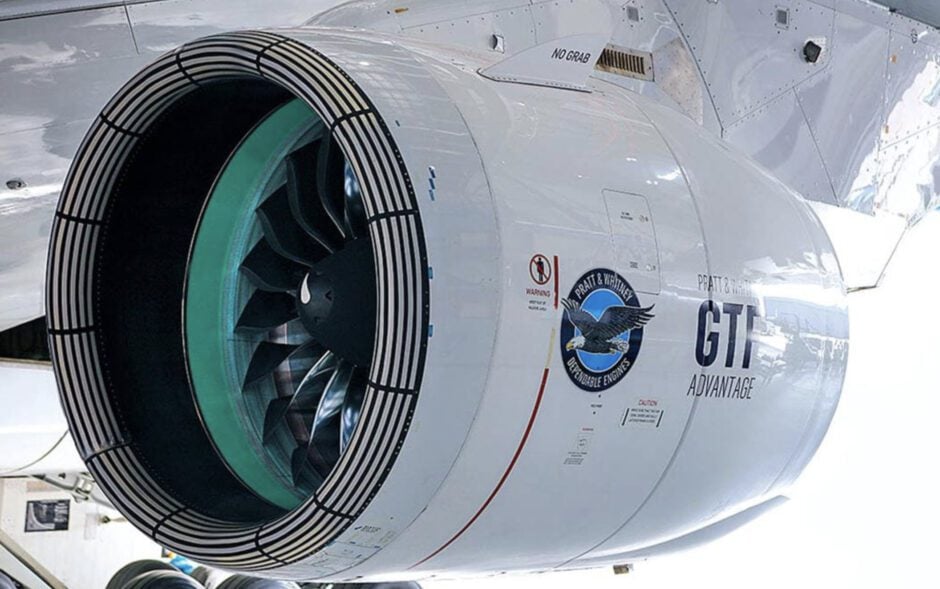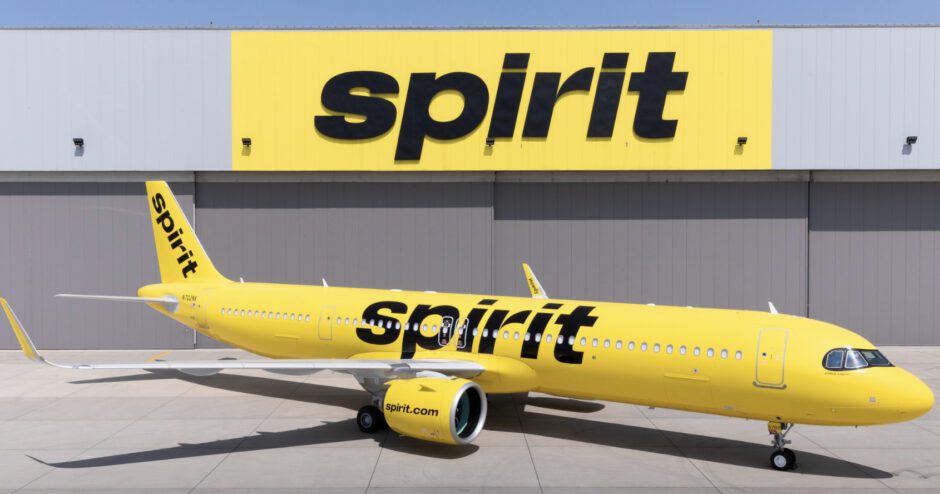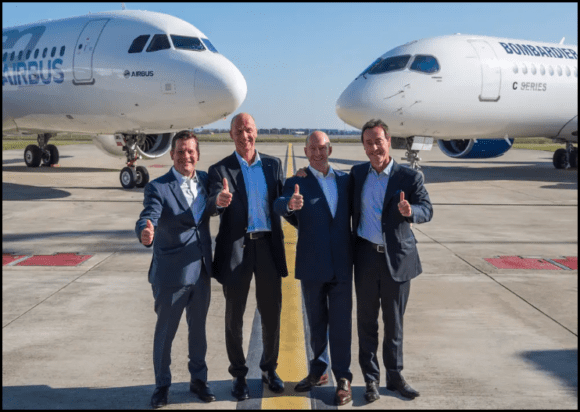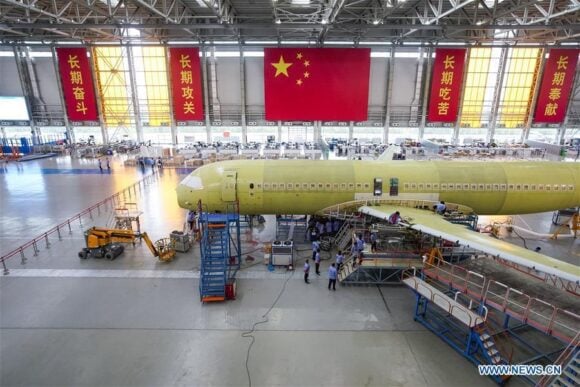
Young Airbus A320neo family aircraft are being parted-out for the engines after only 6-8 years in service. The GTF engine shortage from Pratt & Whitney that has grounded much of the Airbus A321neo fleet on a rolling basis over the last couple of years is still having an impact. While Pratt & Whitney has turned the corner, and fewer aircraft are on the ground, there is still a long way to go until every engine that needs an upgrade is completed in 2027.
Upside Down Economics
Some airlines would rather not wait, and need spare engines to maintain as much of their flying schedules as possible. The result is that some aircraft that were on short-term leases and come off are now being parted-out because they can bring a better return than the entire airplane. Yes, this does seem counterintuitive in an era when the industry is suffering from a shortfall of aircraft, but short-term economics are upside down, and financial sharks will take advantage of the situation.
A Pratt & Whitney GTF that has been upgraded has a current market value of about $20 million, and leases for upwards of $200,000 per month. With two engines, that’s $400,000 per month, very close to the lease rate for the whole airplane. By tearing down the airplane, the avionics, flight controls, landing gear and other rotable components can be sold for additional profit. Tearing down a young and almost new aircraft is unusual, but so are the circumstances for Airbus operators who need to sit aircraft on the ground, earning no revenue. For the latter, the alternative looks attractive despite the high price.

The Grounding Market Dislocation
Today, almost a third of the Airbus A320neo family fleet, about 635 aircraft, are grounded or in storage, awaiting engine maintenance or new engines. That many aircraft out of services has created an economic situation that is unprecedented, all falling back to a powdered metal issue on Pratt & Whitney GTF engines. With delivery delays commonplace for both Airbus and Boeing, who fell behind schedules during the pandemic, compounded by safety issues at Boeing, aircraft remain at a premium as well.
With spare engines simply unavailable and those that are priced more than double their normal value, tear-downs can now generate a higher value than the sale of a used aircraft. As a result, more than a dozen recently produced A320 family aircraft have now been torn down for spares. The high price for the engines are resulting in parted-out young aircraft that are still needed by airlines as OEMs continue to deliver fewer aircraft than the industry needs.
With a seven to eight year wait for a new aircraft, one would think that younger used aircraft would be quickly picked up, repainted, and enter service with a different operator. But that isn’t the case. Financiers have entered the market, recognizing that the engines alone can now be worth more than the aircraft itself, resulting in a profit opportunity with parted-out aircraft.
By 2027, Pratt & Whitney will have completed its maintenance backlog, and the market dislocation should be over. But in the interim, 20-30 aircraft, at a list price of $2-3 billion, will have been removed from a market currently suffering from a shortfall.
The Spirit Question
Spirit Airlines, a major Airbus operator, is dropping 100 aircraft from its fleet, including some recent A320neo family aircraft. Whether those aircraft will be snapped up by other airlines, or by lessors who could take a profit from a part-out with engines and parts sales is the question that needs to be asked. We should know the answers soon, as the carrier is in process of abrogating leases during bankruptcy. The proportion of aircraft maintained versus parted out will quickly let us know whether the economics of spare engines remain out of proportion, or are coming down with the expected 2027 return to normal market conditions.

The Bottom Line
Bubbles in value have occurred before, and the once thing we know is that bubbles always burst. The question is not if, but when that will happen, and who will be the winners and losers once things return to normal. With Pratt & Whitney planning for normal conditions within two years, we will know that answer soon.
Views: 397




